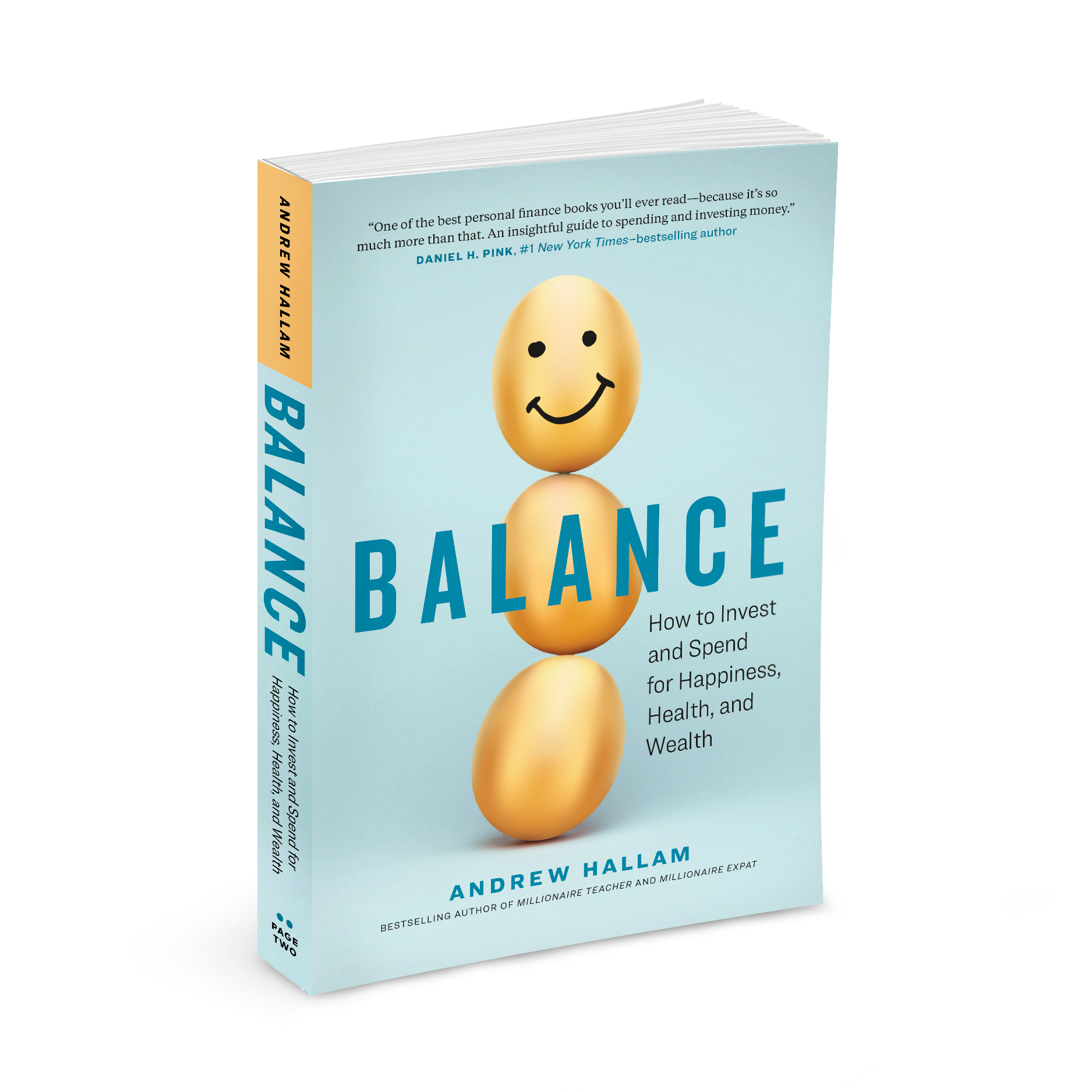You might feel a touch of anger after reading this series of articles.
I’m about to show you how much money the average Canadian is paying the big five banks, when trusting the banks to invest their hard-earned investment dollars. Think of it this way: If you were to build a $100,000 investment portfolio over your lifetime with actively managed mutual funds from CIBC, TD, Bank of Montreal, Scotia bank, or the Royal Bank, you would likely be giving up half of your portfolio’s potential. Surely, $200,000 sounds a lot better than $100,000, doesn’t it?
This series of articles will point out where the average Canadian is wasting their money, and in my final column of seven, I’ll explain, very specifically, what you can do about it.
I haven’t committed to this series of articles to make you angry. Instead, I’m hoping that you’ll be empowered. You see, as an investor, you’re in a battle with your investment firm. They have a prime directive that’s different to yours. Financial service companies have a goal to make money for their firm, and you have a goal to make money for yourself.
Think about this for a moment: You can’t blame the banks for wanting to make high profits. That’s what they’re in business to do. If you’ve ever haggled on mortgage interest rates, then you know what I’m talking about. The banks will usually offer a high interest rate, and it’s up to you to barter downward.
Low cost investment products, as a group, outperform high cost investment products.
Your Canadian banks offer high cost products. But under the wizard’s curtain, you’ll find far cheaper options. Like the hidden, lowest possible mortgage rate, the banks won’t offer their cheaper products unless you fight for them. But fight for them you must. Once you do, you’ll ensure a far greater likelihood of investment success.
I’m going to take you through the investment products of Canada’s banks, while showing you how detrimental costs can be.
Toronto Dominion Bank
TD bank offers some of the cheapest and some of the most expensive funds in Canada. And if you haven’t taken your advisor to task at the bank, then you’ve bought (in all likelihood) investments that the banks want you to own.
If you wanted to allocate your money in Canadian stocks and Canadian bonds—with an equal representation in each—you would likely look for a balanced mutual fund.
Balanced funds usually have half (or close to half) of their assets in bonds, with the other half in stocks. Your advisor may sell you one these funds, but they don’t manage them. Managing a balanced fund (or any actively managed mutual fund) falls to a team of traders who buy and sell stocks and bonds within your fund, as they try to take advantage of economic opportunities.
But do they do a good job? Not usually.
The TD Balanced Fund charges its investors a hidden fee of 2.23 percent annually. This fee is more than double what most Americans pay for their funds. But few Canadians realize the costs they’re paying, so our banks take advantage of that.
If you had invested $10,000 in TD’s Canadian actively managed balanced fund in December 2001, it would be worth $13,205 by December 2011.
But if you bought TD’s lowest-expense option (costing nearly 2% less per year) you would have turned the same $10,000 into $18,044 if you had invested half of your money in the Canadian stock e-Series index, with the other half in the Canadian bond e-Series index. These e-Series funds are the cheapest funds in Canada.
That’s nearly a $5000 difference on a $10,000 investment, over just 10 years.
But TD bank doesn’t want you buying these low cost alternatives. They’re not profitable for the banks. But I’ll show you, during this series, how to turn their low cost funds to your advantage.
Small Cost Differences Add Up
|
Funds |
Hidden annual fee paid by the investor |
$10,000 turned into |
|
$13,186 |
||
|
$18,044 |
Canadian Imperial bank of Commerce
CIBC also has its flagship balanced fund. And it’s even more expensive than TD’s balanced product, with an expense ratio (the hidden fee charged to investors) of 2.4 percent annually.
As such, its performance is even worse than TD’s actively managed balanced fund. If you had invested $10,000 in CIBC’s Balanced fund back in December, 2001, it would only be worth $12,732 by December 2011.
Going with TD’s lowest cost option (the one I’ll teach you to fight for) would have awarded you $18,044 during the same time period.
Please keep in mind that I’m comparing the same asset classes. The CIBC balanced fund (as with all of the funds I’m comparing) has 40-50 percent of its assets in Canadian bonds and roughly an equivalent amount in Canadian stocks. But its high cost serves as an expensive anchor to unwary investors. You can see the comparison below, juxtaposing two options from December 2001 to December 2011.
|
Funds |
Expense ratio paid by the investor |
$10,000 turned into |
|
$18,044 |
The Bank of Montreal and Nesbitt Burns
BMO and Nesbitt Burns joined forces to create their flagship balanced fund in November, 2002. It charges less than the actively managed balanced funds at CIBC and TD Bank. As such, it comes as no surprise that it has performed better. Its annual fee is 1.85 percent, but there’s a liability that doesn’t present itself in my example below. It has, according to Globefund.com, a sales charge associated with it. Keep in mind that you should never pay a sales charge to buy a fund—ever.
As with the examples above, the BMO/NB balanced fund has underperformed the lower cost option below. Here is what $10,000 would have earned you, comparatively, between November 2002 and December 2011.
|
Funds |
Expense ratio paid by the investor |
$10,000 turned into |
|
1.85 percent annually (but the fund charges an additional sales fee for each purchase/investment) |
||
|
$18,917 |
Scotia Bank
Scotia Bank’s actively managed Canadian balanced fund has also disappointed investors, turning $10,000 into just $12,395 from December 2001 to December 2011.
|
Funds |
Expense ratio paid by the investor |
$10,000 turned into |
|
$12,395 |
||
|
$18,044 |
Royal bank of Canada
And in case you think the Royal Bank could pull off the nearly impossible, have a look below.
|
Funds |
Expense ratio paid by the investor |
$10,000 turned into |
|
$18,044 |
During any given year, an expensive fund could end up beating a lower cost fund. But over an investment lifetime, the chances of an entire portfolio of high cost funds beating an entire low cost portfolio are extraordinarily slim.
Academically, this is an irrefutable premise, and there are many great books that outline exactly how and why.
My recent Amazon #1 bestseller, Millionaire Teacher, is a great place to start.
Stick with me through this series of six more articles, and I’ll show you more direct comparisons that (I hope) will have you reaching for the telephone—or running off to your local bank to make a few changes.





